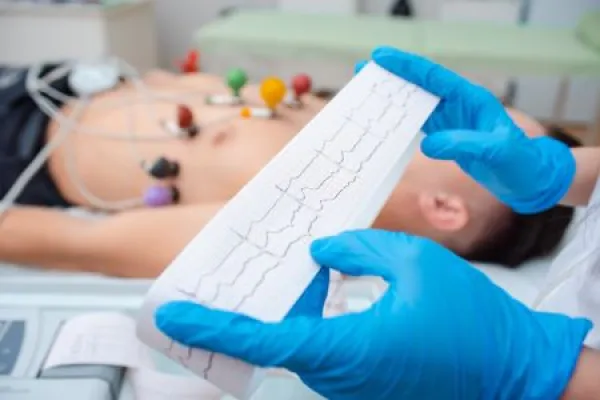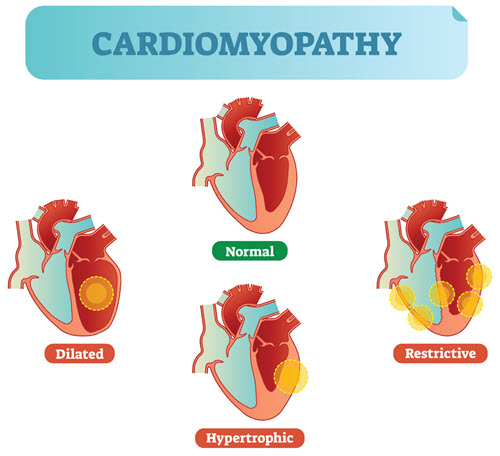EKG and ECG Are Same Procedure
Question: I’ve seen the abbreviations EKG and ECG in my cardiologist’s documentation. What do these abbreviations stand for, and are they the same procedure? Maine Subscriber Answer: ECGs and EKGs are two abbreviations for the same procedure — an electrocardiogram. An electrocardiogram is the recording of electrical activities of the heart and their interpretation by a physician. In the heart, the Sinoatrial (SA) Node, located in the right atrium, sends electrical impulses to the heart’s muscles, which contract, resulting in systole. For example, if the cardiologist performs a twelve-lead ECG, they use 12 electrodes placed on the skin over different regions of the patient’s body (the limbs and chest). These electrodes then record the heart’s electrical activities, and the recordings are put into a graphic format. 12-lead ECG: A 12-lead ECG provides a complete three-dimensional look at the heart’s electrical activity. With a 12-lead ECG, a cardiologist can identify conditions like myocardial ischemia and myocardial infarction and also get a picture of any arrhythmia that might be happening. 1-3 lead ECG: The cardiologist can also perform a 1-3 lead ECG, which is also known as a rhythm ECG. Rhythm ECGs focus on the patient’s heart rhythm and are useful for identifying heart block and tachyarrhythmias. Rhythm ECGs have no more than three leads.




